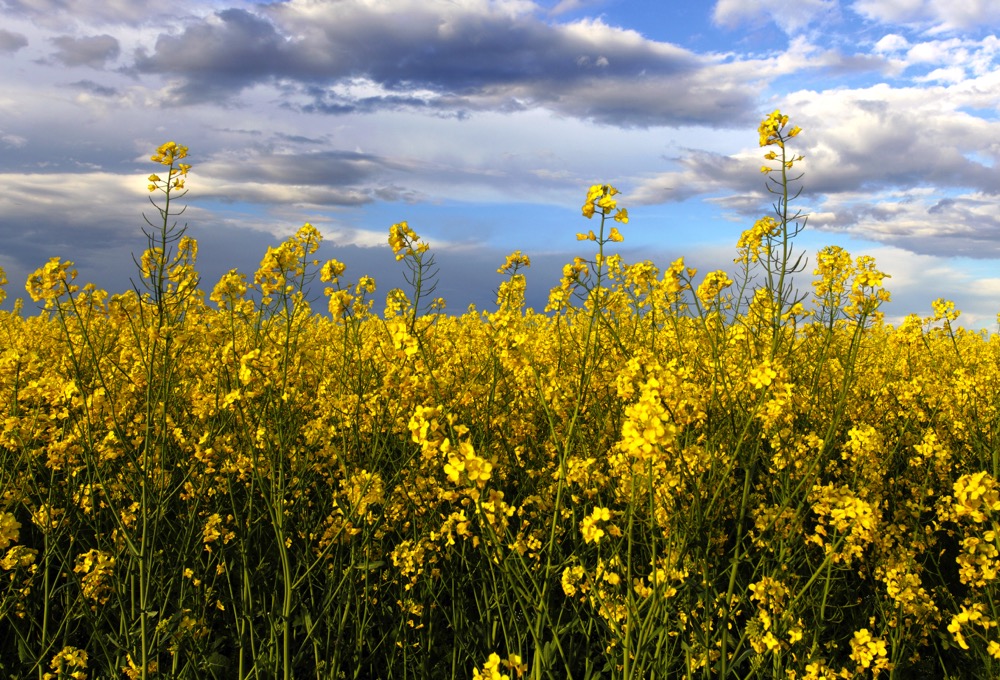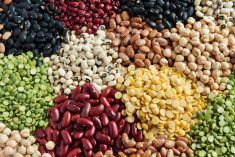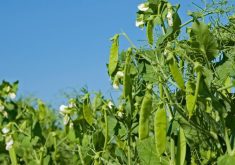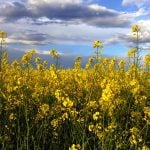MarketsFarm — There has been a divergence of prices between green and red lentils so far in 2023, according to Levon Sargsyan of Johnston Grains at Weyburn, Sask.
Sargsyan said he hasn’t seen too many acres of green lentils signed up for this year, while it’s the opposite case for the reds.
“I’m seeing some resistance from producers. It seems they are extremely [reluctant} on the green lentils. Red lentils, I would say there’s a lot of interest in those,” Sargsyan explained, noting reds were signed up for 35-36 cents/lb., leading a lot of farmers to sign contracts.
Read Also

ICE Weekly: No upside for canola if China situation continues: trader
Tony Tryhuk of RBC Dominion Securities said canola should stay rangebound if Canada’s trade war with China continues.
As for the greens, he suggested farmers are very likely to remain on the sidelines until they see prices improve. That could come with continued dry conditions on the Canadian Prairies, along with a boost in export demand.
The exception, he said, were dark speckled lentils, as their price was 60 cents/lb. when farmers signed up. He stressed these lentils are a niche market, with the harvest usually exported to France.
“There’s a good risk of the market crashing,” Sargsyan warned, urging any growers to quickly sign a contract and to keep an eye on the market.
New-crop French No. 1 lentils were listed by Prairie Ag Hotwire at 60-65 cents/lb. delivered as of Friday. Lairds, depending on size, ranged from 43 to 54 cents/lb. Also, Richleas garnered 40 to 52 cents/lb. and Crimsons brought in 27 to 35 cents.
Ahead of Statistics Canada’s survey-based principal field crop area report, scheduled for June 28, Sargsyan wasn’t sure as to how many acres of pulses were planted this spring. But he said moisture for the region’s crops is needed very soon.
Earlier this year StatCan published its estimates on acres to be planted this year, using its computer-based model. The agency projected 3.976 million acres of lentils, down from 4.321 million last year. Dry peas were the next biggest crop by planted area at 3.212 million, slipping from the 3.368 million seeded in 2022.
Chickpeas rose from 233,800 acres in 2022 to 260,200 this year, followed by dry beans (white and coloured) slipping year to year from 297,600 to 257,200. Faba beans increased from 72,300 to 89,200 acres. The vast majority of Canada’s lentils are grown on the Prairies.
— Glen Hallick reports for MarketsFarm from Winnipeg.

















